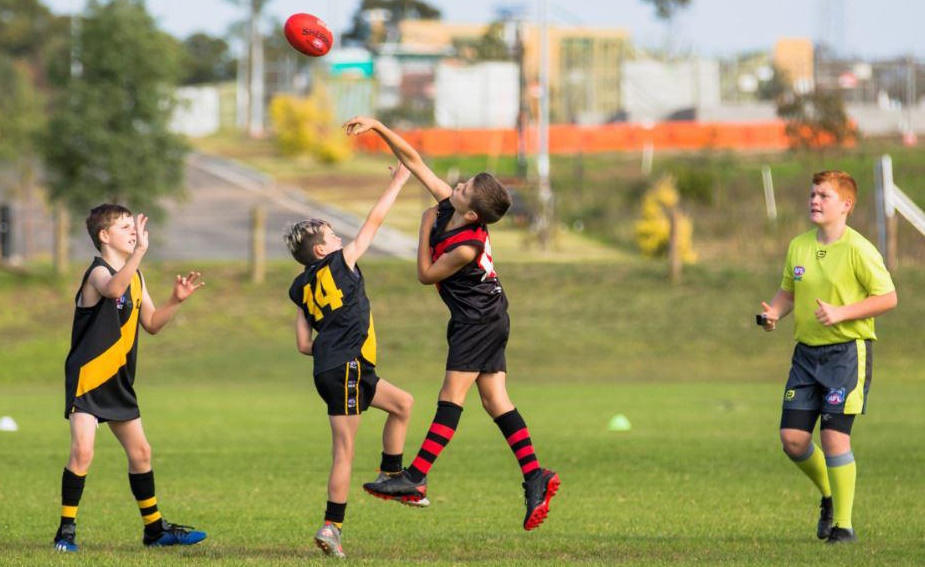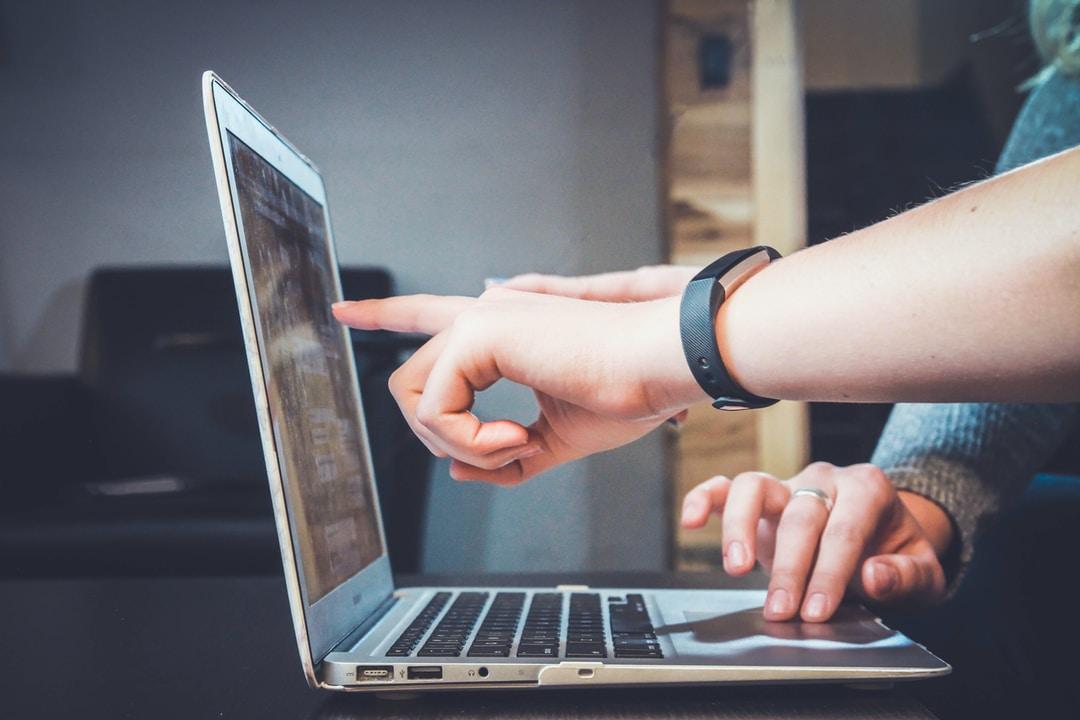Australia’s favourite emojis revealed, with surprising impacts on mental health
- Written by Fiona Stanich

World Emoji Day 2021 – Australia gives emojis the thumbs up
SYDNEY, Australia - 16 July 2021: In celebration of World Emoji Day, Adobe has released its 2021 Global Emoji Trends report, revealing how emojis are transforming the way the world expresses itself.
Over half (55%) of Australians have actively increased their emoji use over the past 12 months, with nearly all users (91%) appreciating how emojis make it easier to express themselves and half (49%) revealing emojis can better communicate their thoughts and feelings than words alone.
The report, which surveyed 7,000 emoji users worldwide, explores when, how and why we use emojis to express our identity and communicate across cultures. From dating, to workplace communications and everything in between, emojis are now a powerful digital communication tool.
Australia’s Favourite Emoji
Despite the extensive selection of emojis available on keyboards across the world, the top five most used are similar around the globe. Face with tears of joy is the top favourite emoji of both male and female users globally. Male emoji users’ second and third favorite emoji include thumbs up and sad but relieved face, respectively. Female emoji users’ second favorite emoji is the red heart, followed by thumbs up.
In Australia, the top five most used emojis are:
- 2. 3. 4. 5.
Emojis are most used by Australians to communicate with friends (82%), significant other/partner (44%) and siblings (39%), and to express love (69%) or happiness (65%). Two thirds (65%) believe people who use emojis are friendlier, funnier and cooler than those who don’t, and over half (58%) admit they more likely to respond to a message if it contains an emoji.
Benefits of Emoji Use
While two-thirds (66%) of Australians use emojis to make conversations more fun, they are also used as a powerful emotional tool. More than half (55%) of Australians agree that using emojis in communication and day-to-day lives has had a positive impact on their mental health. During the pandemic, 41% said communicating with emojis make them feel happier and less lonely (23%).
Emojis can also help to evoke empathy and emotional expression. 89% of respondents use emojis to show support to the person they are talking to, while 46% feel more comfortable expressing emotions through emoji than through in-person conversations.
Paul D. Hunt, Typeface Designer & Font Developer at Adobe, said: ‘”The results from the 2021 Global Emoji Trend Report have demonstrated that these cute, colourful pictograms are full of communication power. The statistic I am most encouraged by is that 88% of users are more likely to feel empathetic toward someone if they use as emoji. Empathy is the most important aspect of communications. If we are not activity trying to empathise with one another, then we probably won’t fully understand each other’s meaning.”
“Language can be very abstract, particularly when communicating digitally. Emojis can help approximate tone of voice, gestures and emotional reactions better than words alone. This is the potential strength of emoji: to help us connect more deeply to the feeling behind our messages”, continued Paul D.Hunt.
Decoding the Emoji Language
More than half (69%) of Australian emoji users feel confident they’re up to date on the meaning of the latest emojis and use them correctly, with 79% agreeing you should only use emojis when you fully understand them.
However, 37% admitted to sending an emoji that was misinterpreted or taken out of context and 34% have sent an emoji they later regretted sending. A quarter (25%) have been offended by an emoji sent to them, while 20% have gotten in trouble with friends, family or significant other because of an emoji they used.
In Australia, the top three most misunderstood emojis are:
- 2. 3.
Desire for Change
Despite the prolific use of emojis, there is strong consumer desire to see more diverse and inclusive emojis on the keyboard. The vast majority of Australian emoji users agree that emojis should continue to strive for more inclusive representation of users (85%), with only half of the country (57%) feeling their identity is adequately reflected in current emoji options.
Nearly half of Australian users customise their emoji (48%) but wish they had more customisation options to better reflect their personal identities (50%). When asked what changes users would like to see, hairstyle or colour, eye colour, accessories and body type are the top customisation options users want.
Paul D. Hunt, who is the designer behind Unicode’s first ever gender-inclusive emoji, commented: “Emojis are an important tool to help us share our personal narratives. One of the greatest things about storytelling is that everyone has a tale to tell, and so it is important our emoji usage can best communicate our own journey. That is why I successfully advocated for a gender-inclusive emoji; to not only help people tell their story, but also spark important conversations about gender in the process.”
Emoji in the Workplace
Emojis are now entering the workplace and having a positive impact. The report revealed emojis enhance workplace perceptions, with the majority of Australian users (72%) agreeing they positively impact likability, credibility and makes positive news or feedback more sincere.
68% like it when colleagues use emojis to communicate at work, while two-thirds (63%) believe emojis make them feel more connected to their team and 65% believe they can enhance workplace digital communications. Interestingly, over half (53%) of users think employers should offer training for employees to know when the use of emoji is appropriate whilst at work.
In Australia, the top-rated and most effective motivating emojis are:
- 2. 3.
Emoji and Business Impact
Over half (61%) of Australians are more than likely to open emails or push notifications that contain emoji, especially if that emoji is their favourite. 40% are also more likely to follow brands on social media if they use emojis, while 36% are more likely to purchase products that are advertised using emoji.
Overall brand perception of a business and relatability increases with emoji use. Half of Australian emoji users (49%) like it when a brand uses emojis to communicate with them, seeing them as more relatable (45%).
For more insights on the 2021 Global Emoji Trends Report, see the Adobe blog here and Adobe’s new documentary staring, Paul D.Hunt, Typeface Designer & Font Developer at Adobe.
About the 2021 Global Emoji Trends Report
This is the second edition of the Global Emoji Trends Report from Adobe. The data was collected via an online survey of 7,000 frequent emoji users across 7 global markets: The United States, United Kingdom, Germany, France, Japan, Australia and South Korea.
About Adobe
Adobe is changing the world through digital experiences. For more information, visit www.adobe.com/au








